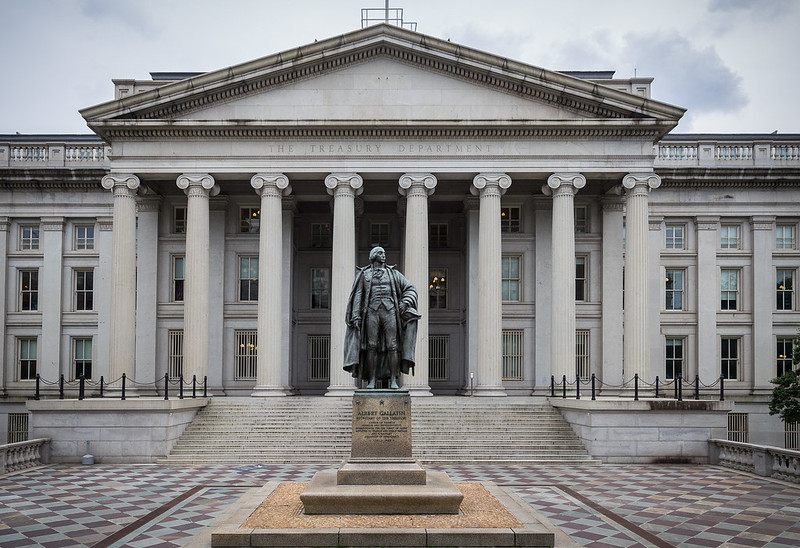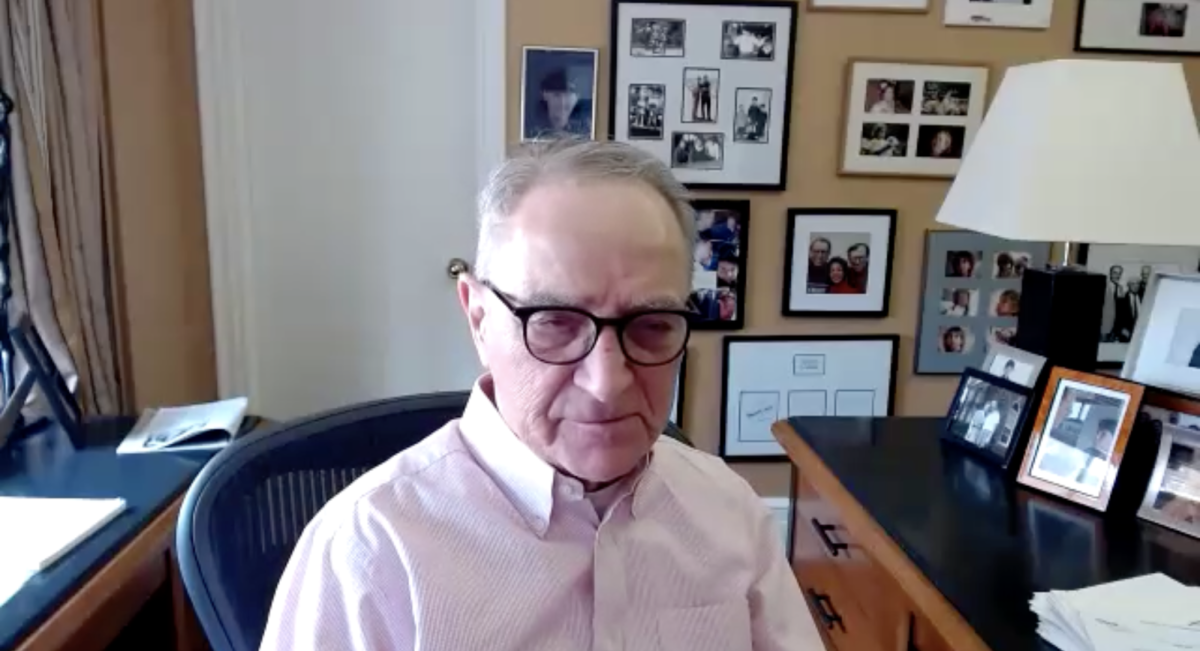Yields on 10-year and 30-year U.S. Treasury bonds reached their highest levels since 2007 on Oct. 6, at 4.81% and 4.95%, respectively. This marked a 93 and 111 basis point increase from approximately a year to date.
While its underlying causes remain uncertain, the sudden surge was attributed to probable optimistic U.S. growth expectations balanced with concern over substantial federal deficits.
Optimism surrounding U.S. growth typically leads investors to anticipate higher future interest rates, while concern over federal deficits can lead to increased caution in purchasing government debt, resulting in upward pressure on bond yields as investors expect higher returns to offset risks.
However, economists affirmed the upswing’s novelty.
“No fundamental explanation is convincing,” Daleep Singh, chief global economist at PGIM Fixed Income, said. “What we’re seeing is a reappraisal of how the bond market prices uncertainty itself. The compensation required to underwrite potentially the new structural regime with more volatile growth and inflation and fewer predictable sources of demand to absorb record amounts of government debt issuance has clearly risen.”
On Aug. 2, the Treasury Department revealed its decision to increase the size of its note and bond auctions. The adjustment and the anticipated consequences in the coming months were likely to have played a role in the yield increase. In turn, experts expect higher borrowing costs for the federal government.
A continued increase in U.S. Treasury yields would pose a significant challenge for the U.S. government because it would experience even higher borrowing costs on a substantially larger portion of debt. The prospect already sent mortgage rates to 23-year highs, averaging 7.5% for a 30-year conventional loan. This figure was 6.6% approximately a year ago, marking a 0.9% increase.
Wall Street reacted cautiously, leading to a decline in the stock market. The Dow Jones Industrial Average fell by approximately 1.3%, erasing its gains for the year. The S&P 500 and Nasdaq Composite also declined by 1.4% and 1.9%, respectively.
Investors have maintained their expectations regarding the Federal Reserve’s interest rate outlook, subsequently signaling an unchanged outlook on inflation. However, there are progressing views that the central bank will maintain rates at present levels through the entirety of next year. The general consensus about stronger-than-expected economic growth remains.
Major global bond yields followed suit, with the UK, Germany, Japan, Australia and Italy’s government bond yields all increasing significantly in alignment with the U.S. Increasing yields began paving the way for a third consecutive year of losses on global government bonds. In addition, this increase also contributes to a stronger U.S. dollar, putting pressure on other currencies.
“US yields at highs for the year are starting to look disruptive for other regions and sectors in global fixed income,” HSBC Holdings Plc strategist Steven Major wrote in a note to his clients.
Even troubled economies, particularly the EU, are likely to see governments offer higher returns as well.
“A move higher in US yields will push higher European sovereign yields as well, despite Europe’s recession deepening,” Althea Spinozzi, senior fixed income strategist at Saxo Bank, said.













